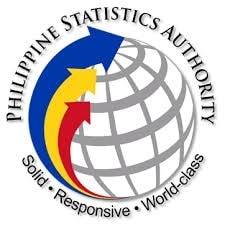The Labor Force Survey (LFS) is a comprehensive survey conducted by the Philippine Statistics Authority (PSA) on a quarterly basis. Its primary objective is to gather information on the labor force in the Philippines. The survey collects data from a sample of households across the country to provide insights into employment, unemployment, and underemployment rates, as well as other labor-related indicators.
Here are some key features and aspects of the LFS:
- Sample Selection: The LFS employs a stratified multi-stage sampling design to ensure the representativeness of the survey. The sample households are randomly selected from various regions, provinces, cities, and municipalities in the Philippines.
- Scope: The survey covers individuals aged 15 years old and above, regardless of their employment status. It includes both the employed and unemployed population.
- Employment: The LFS provides information on the employment status of individuals, such as wage and salary workers, self-employed workers, unpaid family workers, and those engaged in informal employment. It also captures data on various employment arrangements, such as full-time and part-time work.
- Unemployment: The survey measures the unemployment rate, which represents the proportion of individuals who are without work but are actively seeking employment. It also collects information on the duration of unemployment, reasons for unemployment, and characteristics of the unemployed population.
- Underemployment: The LFS assesses underemployment, which refers to employed individuals who desire additional hours of work or better job opportunities. It provides insights into the extent of the underutilization of labor resources in the country.
- Other Labor Indicators: In addition to employment, unemployment, and underemployment, the LFS covers various other labor-related indicators. These include the labor force participation rate, employment-to-population ratio, average hours worked, wage rates, and occupational distribution, among others.
The data collected through the LFS is crucial for policymakers, researchers, and analysts in understanding the dynamics of the labor market in the Philippines. It helps in formulating labor-related policies, assessing the effectiveness of existing programs, and monitoring the changes in employment and unemployment patterns over time.
IMAGE GALLERY

CONTACT US
If you are looking for a polo shirt for your labor force survey (lfs), do any of the following:
- Call or text me at 09460480491
- Message us on Facebook at https://www.facebook.com/rbprintsandadvertising

